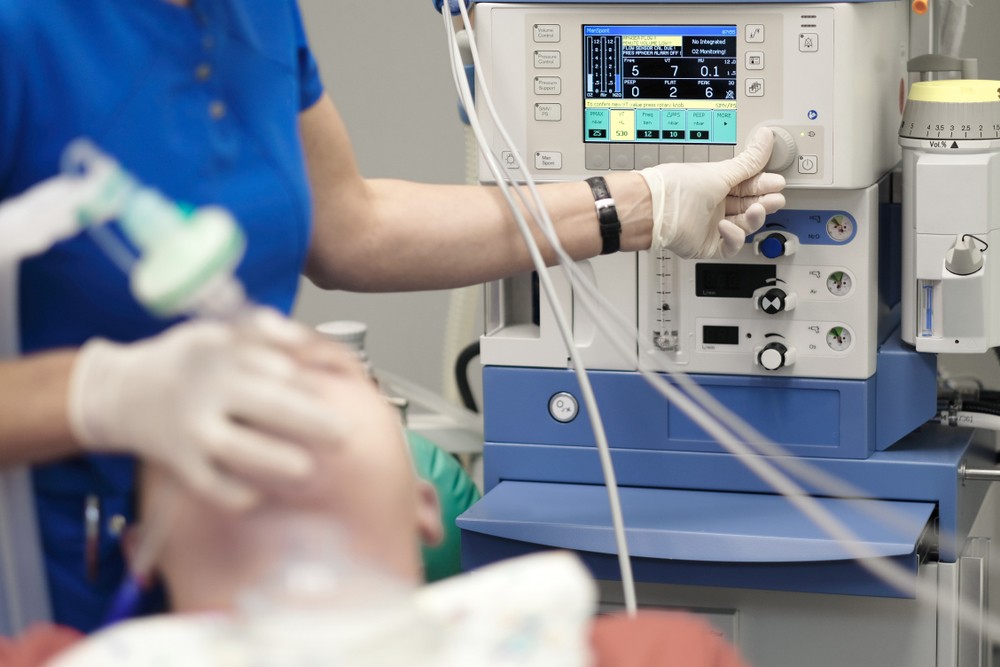Anesthesia for Plastic Surgery: Safety & More | VIDA
Everything You Need to Know About Anesthesia Options for Plastic Surgery
Anesthesia is without a doubt one of the most important components of a successful plastic surgery experience. Nowadays, with so many different cosmetic procedures available involving new techniques and minimally invasive options, anesthesia options for plastic surgery have evolved as well.
Depending on your aesthetic goals, your plastic surgeon and the type of procedure you are having, you might have more than one choice of anesthesia. To be better prepared when planning your plastic surgery, we created this guide that covers general anesthesia, local anesthesia, and the lesser-known twilight sedation.
When you have an array of anesthesia options to choose from, it is best to know exactly what they do and how they work so you know that you are making an informed decision. By understanding the type of anesthesia that can be used for your plastic surgery, you will also be able to ask detailed questions to your surgeon and anesthesiologist, which will make you feel more comfortable with the whole procedure.
General anesthesia
Perhaps the most known and questioned form of anesthesia. When discussing its use with patients, the first question we get is “Is general anesthesia safe?” While the use of general anesthesia is more complex, when administered by a board-certified anesthesiologist, it is safe. In fact, it has become increasingly more reliable over time.


What procedures can be performed under general anesthesia?
General anesthesia is the preferred option for long and complex procedures, such as full facelifts, breast lifts or traditional liposuction. It is also used for procedures that are actually combined surgeries, such as mommy makeovers or full body-lifts for after weight loss patients.
How does general anesthesia work?
General anesthesia is created by combining several medications that are administered in order to put you in a deep sleep-like state. The anesthesiologist uses a combination of intravenous medications and inhaled anesthetics that will ensure you become completely unconscious and feel absolutely zero pain during the surgery. After administering the medication, the anesthesiologist stays in the operating room throughout the entire surgery in order to monitor your body’s vital functions, such as your heartbeat, oxygen level and breathing. The doctor will also monitor your recovery and you will be under observation as you “wake up” from the anesthesia.
Local anesthesia
Local anesthesia is a minimally invasive type of anesthesia used to prevent pain by numbing only the area that will undergo surgery.
When receiving local anesthesia, the patient is awake and alert, however, they will not feel pain or discomfort in the treated area.
What procedures can be performed under local anesthesia?
Certain procedures can be performed using only local anesthesia. The shorter and smaller the surgery is, the more likely it can be performed with local anesthesia. Some examples are blepharoplasty, buccal fat extraction and mini facelifts.
How does local anesthesia work?
For most surgical procedures, local anesthesia is directly injected into the area to be treated, keeping the patient comfortable. Local anesthesia prevents pain by blocking or deactivating the nerves, making the area numb. The surgeon or anesthesiologist usually anesthetizes the area with cream and then injects the local anesthesia. The effects of this type of anesthesia wears off after a couple of hours and this means the patient usually can go home that same day. If the patient is anxious, local anesthesia can be combined with sedation.
Twilight sedation
Twilight sedation is more a new technique of handling and administering anesthesia. The main difference is that with twilight sedation the patient is not completely unconscious. This does not mean that you are fully awake when receiving twilight anesthesia, rather sedated, sleepy and relaxed. Furthermore, the anesthesiologist controls the level of sedation the patient needs, from mild sedation where the patient feels relaxed and drowsy to deep sedation where the patient usually forgets the procedure even happened.
What procedures can be performed with twilight anesthesia?
Shorter and more localized plastic surgeries, such as liposuction of a small area, certain tummy tucks or facial surgeries like a brow lift or lower facelift can be performed under twilight sedation. In most cases, twilight sedation is combined with local anesthesia to completely disappear discomfort.
How does twilight sedation work?
Depending on the patient and the procedure, twilight anesthesia can be administered either through an IV or be inhaled. Regardless of the level of sedation needed, at VIDA, twilight sedation is always administered and monitored by an anesthesiologist. Recovering from the effects of twilight sedation is quicker and with fewer side effects than general anesthesia.


Questions or doubts about the types of anesthesia you can use for plastic surgery? Every patient is different, so reach out directly to our board-certified plastic surgeons and discuss your aesthetic goals and anesthesia-related concerns. Call VIDA at (619)738-2144 to schedule a free one-on-one consultation now!
